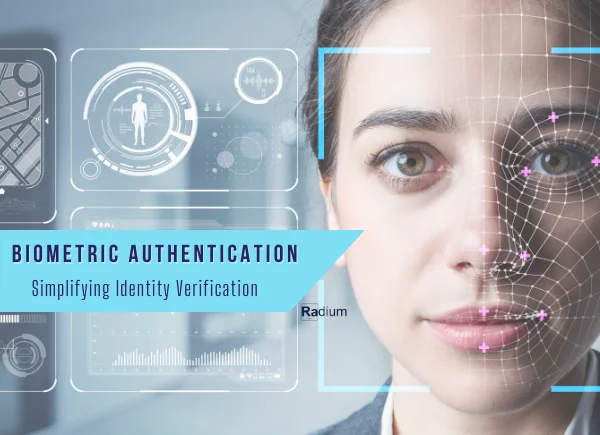
What Does Biometric Authentication Mean?
Biometric authentication refers to using body parts that are special to you in confirming your identity. This involves measuring specific physical traits such as finger prints, facial features or even shape of your hand and then using these measurements to confirm who you are.
How Does Biometric Authentication Work?
The biometric authentication procedure functions by matching up two sets of information:
The device next contrasts the preset fingerprint with the visitor data in order to determine who tries to access it. In case these two sets of data are close enough, this device identifies that person as being the owner and hence allows him/her through.
Why Choose to Use Biometric Authentication?
Using biometric authentication is advantageous compared to traditional methods like passwords and PINs:
Different Types of Biometric Verification
Various forms of biometric authentication rely on various biological traits for identification:
The Benefits of Biometric Authentication
Addressing Privacy Concerns
In order to address privacy concerns, it is important noting that biometric authentication has many advantages. The data collected can be very sensitive and as such needs proper protection otherwise it can fall into the wrong hands. Here are some things you should know:
Conclusion
Biometric authentication technology is transforming identity verification. By relying on unique bodily attributes, it provides a safe, easy-to-use and effective method of verifying one’s identity. This technology will increasingly become significant in the future as it advances further in security enhancement and simplification of our daily interactions with digital devices and services.
Locking your Aadhaar biometric prevents thieves and hackers from misusing it. Even if they know all of the information about your Aadhaar biometric, they cannot harm you by using it.
When it comes to "Are biometrics safe," the answer is yes. Biometric authentication is more secure than password-based authentication systems, such as passwords and PINs. This is because each individual's biometrics are unique and cannot be easily copied or stolen.
Biometric authentication is must need because it benefits with convenience and security. Common methods, like usernames, passwords, and ID cards, are insecure since they are easily stolen.
Yes, biometric authentication is accurate as they use real INS data with one index fingerprint for verification.
Iris recognition is often considered as one of the most secure biometric methods due to the uniqueness and stability of iris patterns.Iris patterns are difficult to copy or fabricate, and the technology is resistant to many common spoofing attacks.
